One of the most versatile and dynamic instruments available to music therapists is the guitar. At Keys for Success, we use the guitar everyday, and we wanted to share with you some reasons why we love this instrument: the mobility it allows, the variety of techniques that can be used, and the expressive capabilities it has.
The guitar allows for more mobility when providing accompaniment during sessions. While playing guitar, we can dance, model structured movements, angle the guitar for strumming, and move closer to or further from clients. This ease of mobility can be effective in a variety of clinical settings. In our Keys for Little Ones group this summer, we had a blast dancing and moving to the music, all while the guitar was strumming along. In other groups, the guitar allows us to interact with each client individually, while continuing the music for the whole group to enjoy. During group and individual sessions, we often extend our guitar for clients to strum and angle it so that its easier for them to strum the strings. The guitar can also be played with a variety of different techniques and styles, providing a range of different timbres and tones: finger-picking, strumming, chunking, palm-muting, boom-chucking, and percussive strumming. Each of these different techniques can be strategically used for specific clinical objectives. Finger-picking can be used to provide a soothing and calming tone, while strumming can provide a more upbeat and bouncy feeling. Chunking can emphasize particular beats and rhythms; it can also be used to drive the beat and tempo of the music forward. Palm-muting can be used to mimic certain styles of music, such as rock or country; it can also be used when the therapist wants his or her voice to be loud and clear over the guitar, without diminishing the accompaniment. A therapist can play guitar more percussively to strengthen the rhythmic drive of the music. Using the strings, the body, the strumming patterns, and the weight of the strumming hand, a therapist can emphasize beats/rhythms, syncopate rhythms, and embellish strumming patterns; also, the outer body of the guitar can be used as a drum!
As both a melodic and harmonic instrument, the guitar has a wide range of musical capabilities that can be employed strategically for clinical objectives: chords can be embellished and melodies can be incorporated as lead to enrich the music. Some examples of harmonic embellishments include: major7 chords, suspensions, altered bass notes, bass motion, dominant 7’s, minor IV’s, diminished chords, half-diminished chords, and augmented chords. Each of these harmonic variations adds it’s own ‘flavor’ to the music, which can have a significant impact on the way the clients experience, respond to, and make music. Often, we see clients tapping their foot, moving to the music, and smiling more frequently when we use embellishments! Incorporating occasional lead and melodies to the guitar can be used to emphasize sections of a song, emphasize specific lyrics, during improvisations, or to grab a client’s attention.
Check out this Video for a demo of all these different styles and techniques!
We use the guitar every day in our work, and it certainly is one of our go-to instruments! From improvisation and song re-creation, to songwriting and structured movement, the guitar is a dynamic, versatile, and reliable tool in the music therapist’s toolbox!

